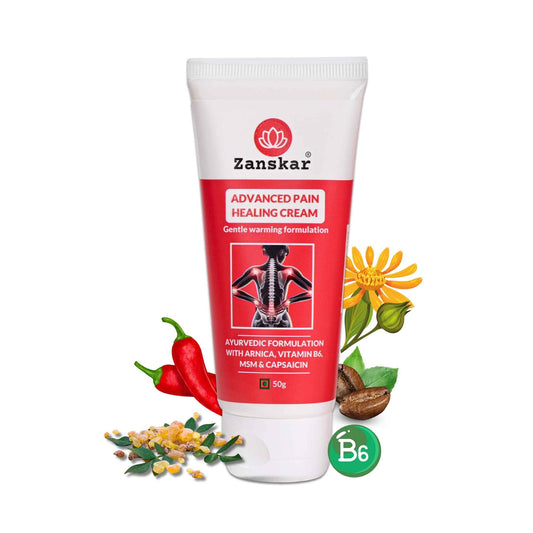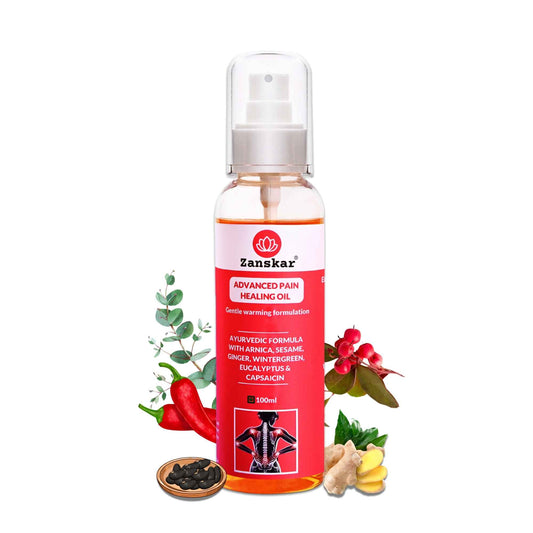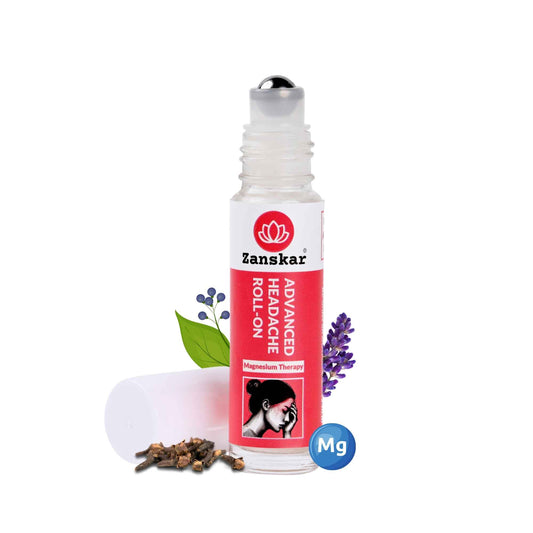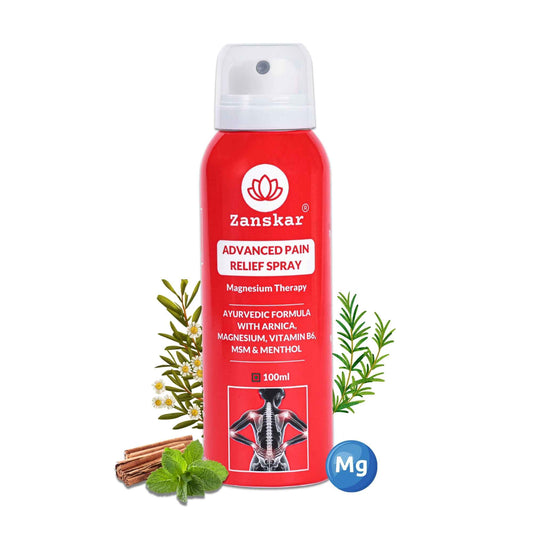
How to Treat Your Lower Back and Hip Pain
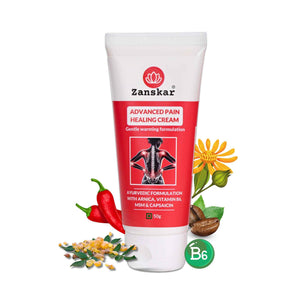
If you feel like your low back and hip started aching at the same time, it’s likely not your imagination. The back and hips are often partners in pain.
The hips and spine are connected by muscles, ligaments, and nerves, which create common pathways to pain. Lower back and hip pain may range from a dull soreness to tingling, radiating pain. It often stops you from doing the daily activities you need to thrive. However, back and hip pain usually is not serious and can be treated and prevented with conservative and holistic practices.
Here are some common causes of back and hip pain, signs to seek medical care, and lifestyle changes to help treat pain and keep it from returning, including simple at-home exercises recommended by our physical therapists.
What Causes Lower Back and Hip Pain?
Pain in these areas may involve an injury to the soft tissues or an underlying issue with the bones or joints. Sometimes, though, there is no obvious reason for your pain, especially if it persists for more than three months. In this case, it’s much less important to focus on the why of what’s causing your pain. Rather, it’s better to think about how to get relief. Regular gentle movement is often the best thing you can do for chronic back and hip pain.
Even if your doctor finds a structural cause, the majority of people heal without surgery, using at-home remedies such as activity modifications, ice/heat therapy, physical therapy exercises, and over-the-counter medications.
Here are some of the most common reasons you may experience pain in your lower back and hips.
1. Muscle strain. The back and hips share a mission: to be a strong anchor for your legs. “If your back and hips are not strong and stable as your leg moves, then they are going to move, too, and that can lead to overuse issues,” says Dr. Rashi Goel, a physical therapist at Zanskar Health. There are countless ways you might strain your back or hips, from lifting a heavy load to a traumatic fall or injury to sitting for hours at a time. Weak core muscles may also lead to strain, as your back muscles will engage to compensate for underperforming ones. Muscle strain often heals on its own in a few days.
2. Pinched nerve. When muscle, bone, or tissue presses down and compresses a nerve, the result is pain, tingling, numbness, and weakness. A pinched nerve in the lower back can cause these symptoms in the back, hips, buttocks, and lower legs. There are many reasons a nerve may become pinched, including joint pain, a herniated disc, a sports injury, repetitive motion, pregnancy, or excess weight. Pinched nerves often heal over four to six weeks with rest, ice/heat therapy, and over-the-counter medications.
3. Joint pain. The cartilage that facilitates smooth motion of the small joints in the back of the spine can become worn over time. This can lead to OA in the facet joints that support motion of the vertebrae. They may rub together, causing pain and stiffness. Similarly, OA of the hip occurs when the cartilage that cushions the hip joint wears away. This can lead to pain, stiffness, and limited range of motion in the hip.
4. Herniated disc. This is another problem that can be caused by common changes in the spine. As the discs compress, the jelly-like center can push out, causing the disc to press into sensitive spinal nerves. You may feel a sharp or burning pain, along with numbness, tingling, and weakness. Depending on which lumbar nerves are irritated, the pain may radiate through your hip into the front thigh or all the way down to your toes. The majority of herniated discs heal over several weeks without surgery, with physical therapy and non-steroidal anti-inflammatory drugs (NSAIDs like ibuprofen) as first-line remedies.
5. Sacroiliac joint pain. The sacroiliac (SI) joint connects the lower back to the pelvis. The joint can become inflamed due to joint pain or injury, leading to sharp, stabbing or dull, aching pain in the back, hip, and buttocks. Sacroiliac joint pain may be involved in 10-25% of lower back pain cases.
6. Pelvic floor muscle imbalance. The pelvic floor muscles line the bottom of the pelvis and connect to the back through the tailbone. If the pelvic floor muscles become tight or tense, this can lead to pain (often a dull ache). Pelvic floor pain is frequently mistaken for back pain, says Dr. Rashi Goel. As pelvic floor muscles struggle to support the internal organs of the pelvis, the back muscles work harder to compensate, leading to overuse and strain.
What About Sciatica?
You may be wondering if your low back and hip pain could be due to sciatica. This term describes pain that originates in an irritated nerve of the lower back that travels down the sciatic nerve, which runs down the buttock and lower leg. The pain can feel sharp, burning, cramp-like, or like a “pins and needles” tingling. Sciatica is usually caused by a condition that pinches the nerves, such as joint pain (particularly in older adults) or a herniated disc (typically in those under age 40).
When to See a Doctor
Most of the time, pain that’s affecting your low back and hip will improve within a few days to a few weeks, with conservative approaches like ice/heat, over-the-counter medication, and gentle exercise. However, it’s a good idea to see a doctor if you notice any of the following:
· You experience weakness in your lower extremities.
· Your pain is severe, unrelenting, does not improve with time and home remedies, or interferes with your daily activities.
· You’ve had a traumatic fall or injury.
· Your pain occurs with signs of more serious illness such as fever, chills, unexplained weight loss, or loss of bowel or bladder control.
Holistic Treatments for Back and Hip Pain
For long-term relief and prevention of future pain episodes, pain management experts recommend a holistic approach that treats the biological, psychological, and social/spiritual roots of chronic pain. Studies have shown that people’s reported pain levels often do not correspond to structural causes (like herniated discs) seen on imaging studies. Experts now believe this is because ongoing pain actually changes how our nervous system interprets pain. Chronic pain can make people more sensitive to pain. People with chronic pain often develop emotional distress that makes pain worse.
Holistic practices — exercise, stress management, healthy eating, and other lifestyle changes — can bring relief by addressing physical causes as well as psychological and emotional ones. Truly holistic pain management may involve different approaches and providers, including doctors, physical therapists, nutritionists, and mental health professionals. Consider these:
1. Physical therapy. Physical therapists can help diagnose and treat musculoskeletal imbalances that cause pain. They can design a customized exercise plan to strengthen, stretch, and stabilize muscles and joints to relieve and prevent pain. “Physical therapy also helps desensitize the nervous system to pain,” says Dr. Rashi Goel. “By guiding people to move up to the point of pain, and then come out of it, and then moving a little further next time, the brain starts to learn, ‘okay, that movement is safe.’”
You can see a physical therapist in person or use a program like Zanskar Health to access a PT via telehealth/video visit.
2. Clean diet. European researchers analysed 10 years of studies on eating patterns and chronic pain. They found that certain diets helped improve pain and quality of life by reducing inflammation or providing important nutrients, including antioxidants and prebiotics. Experts recommend that you reduce your intake of pro-inflammatory foods, such as added sugar, processed meat, and refined grains. Fill up on anti-inflammatory choices such as fruits and vegetables, whole grains, fish, and olive oil.
3. Stop smoking. Smoking accelerates disc degeneration of the spine, according to the American Academy of Orthopaedic Surgeons.
4. Massage. An analysis of 60 studies showed that massage therapy helped people manage their pain better than people who received only sham or placebo treatments. Experts believe that massage helps people lower stress and deal with the emotional distress of pain better, and also soothe the physical discomfort of tight muscles.
5. Meditation. Research shows that women with lower back pain who practiced mindfulness meditation reported lower pain and better quality of life and mental health after eight sessions, compared to those who received standard care. The women learned mindfulness techniques such as body scans and walking and sitting meditations.
6. Lifting and sitting mechanics. Asking your body to lift or carry more than you’re used to, or to sit in one position for too long are common causes of muscle strain. Avoid lifting when you are tired, and don’t lift much more than what you practice lifting regularly. Bring the object as close to your body as possible and exhale as you lift, using a wide stance for stability.
When sitting, try to keep your sit bones (the bottom of your pelvis) higher than your knees. Use pillows or rolled-up towels for support if needed. Your computer screen should be at eye level and you want your feet flat on the floor with elbows bent and supported at 90 degrees. Feel free to adjust how you sit, and take regular posture breaks to stretch every 30 minutes.
7. Counseling. In a study of adults who participated in an eight-session telehealth counseling program that emphasized that pain is a non-dangerous brain activity rather than physical tissue injury, 66% reported being pain-free or nearly pain free after one month. This suggests that helping patients understand and conceptualize their pain could bring significant relief. Psychological counseling can also help people learn coping skills (such as cognitive behavioral therapy) to combat the depression, anxiety, and emotional distress that develops when chronic pain limits your life and continues without relief.
Exercises to Help Relieve Hip and Lower Back Pain
While all of the above steps can help low back and hip pain, one of the most effective is regular exercise therapy. Zanskar Health recommends these moves to reduce and prevent back and hip pain as part of a holistic health routine. These moves are safe to do daily. Start slowly, aiming to do them once or twice a week and build from there.
1. Bent Knee Fallout: This strengthens the core muscles, which support the back and hips’ mission of being a stable anchor as you move your leg. It also improves the mobility of the pelvis.
2. Glute Stretch: This move increases mobility around the sciatic nerve, which reduces compression
3. Child’s Pose: This move also decompresses the spine and opens the hips, stretching the muscles on the inside and back of the hips.
4. Knee Rocking: This rhythmic rocking of the back and hips can help improve inflammation.
PT Tip: Use a Stool During Standing Chores
When you’re standing at a counter for a long time, such as while cooking or cleaning, put one foot up on a stool, as if you are about to step up. This puts the back in a more neutral position and rotates the pelvis. This increases comfort and allows you to tolerate standing longer. If you don’t have a stool, open a low cabinet and put your foot on the floor of the cabinet.
Learn More About Zanskar Health
If you have joint or muscle pain that makes it hard to move, Zanskar offers the most advanced full stack pain relief solutions for you.
Now available to purchase, Zanskar® Advanced Pain Healing Cream has a unique formulation of natural ingredients like Arnica, Vitamin B6, MSM and Capsaicin, which is trusted by over 20L+ pain sufferers globally. It provides lasting relief from muscle and joint discomfort that you can feel good about. Get your fix before stocks run out - buy now.
You can also gain access to therapeutic exercises and stretches for your condition by downloading the Zanskar Health physiotherapy mobile app. Additionally, you’ll have a personal care team to guide, support, and tailor our program to you, including behavioral and nutritional coaching.
Download our mobile app here 👉 download and track your exercise streak.
Medical Review: This article is written by Dr Nishtha Mittal (Senior Health Content Editor at Zanskar Health) and has been medically reviewed by Dr Rashi Goel (Senior Physiotherapist at Zanskar Health). This article and its contents are provided for educational and informational purposes only and do not constitute medical advice or professional services specific to you or your medical condition.




